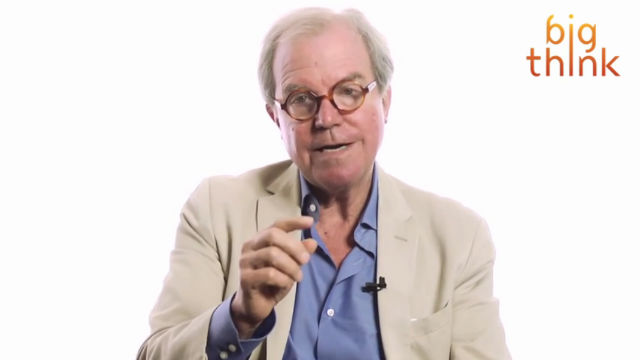NASA’s Budget ‘Victory’ is Anything But
Here’s what it would look like if we started dreaming again.
“There is just one thing I can promise you about the outer-space program — your tax-dollar will go further.” –Wernher von Braun
When you think about outer space — the Universe — what is it that comes to mind? For many of us, the starry nightscape of the Milky Way, complete with stars, planets, and the handful of galaxies we can see unaided from Earth come to mind.
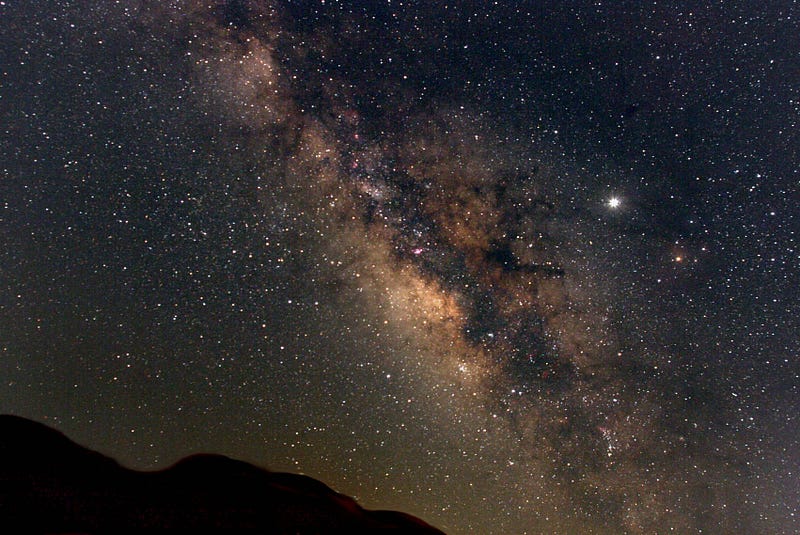
For almost all of human history, we knew very little about what we were seeing. Were the stars other Suns like ours? Did the planets contain complex molecules, biological processes and complex life like our own? Were the fuzzy blobs in the sky part of our own galaxy, or “island Universes” all unto themselves? Was the rest of the Universe made out of the same type of matter that we are, or were there other components to it? And where did it all come from, and where is it all headed?
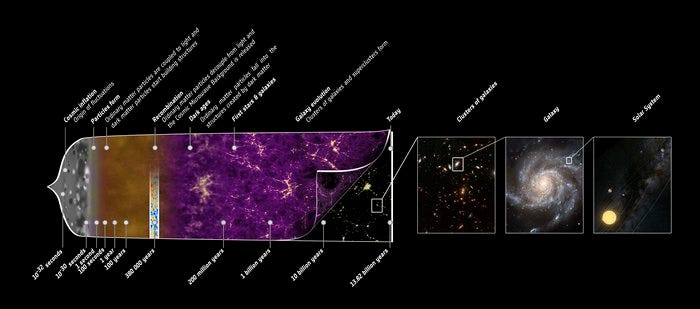
The last 100 years have literally revolutionized our understanding of everything. All the above questions were answered and then some. Not only are other stars Suns not so different than our own, but we know how hot they are, how long they’ll live, how they’ll die, and we’re even starting to learn how many planets they have, and which ones are potentially capable of housing Earth-like life.
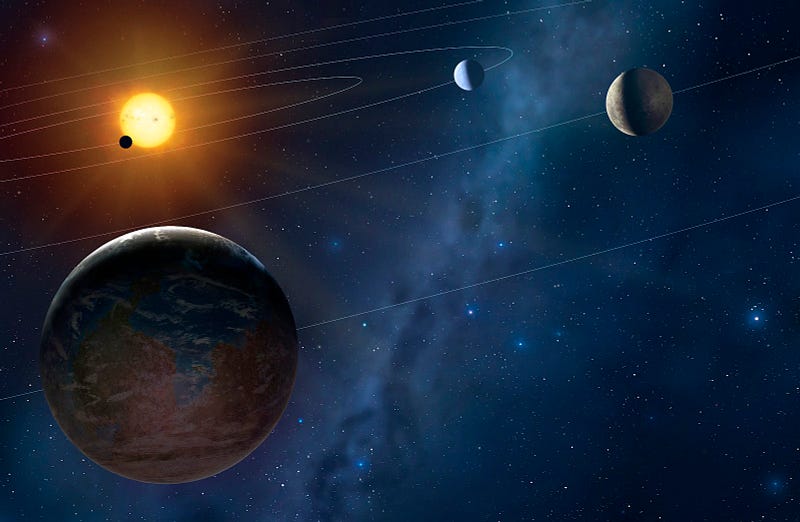
The other worlds in our Solar System have been visited by space probes, orbiters, and rovers, and — for the first time — we’re starting to understand the atmospheric and geological sciences that govern those worlds. For planets like Mars and moons like Titan, Europa and Enceladus, understanding those worlds’ possible biology is tantalizingly on the horizon, and within the reach of our modern technology.
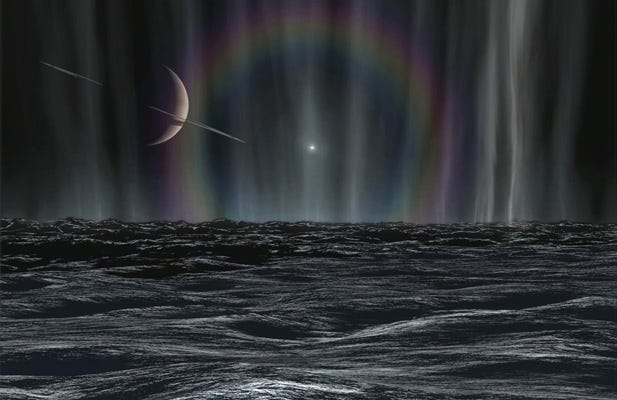
The question of what the distant, fuzzy blobs are has been definitively answered: they are galaxies, and they come in a huge variety of shapes, sizes, morphologies and even ages. We can understand how they formed, how old the stars in them are and how they cluster together, among many other things. We’ve even mapped huge sections of the Universe out to distances of many billions of light-years, a distance more-or-less unfathomable just a century ago, even with telescopes back then rivalling the Hubble Space Telescope in size.
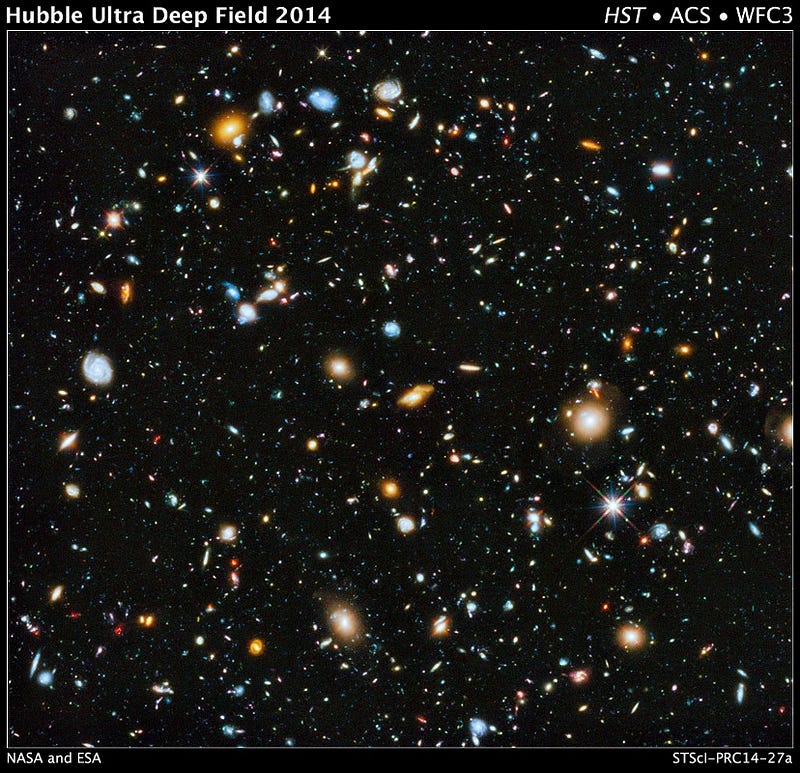
In addition to the normal matter we commonly encounter — protons, neutrons, electrons and light — we’ve identified a whole host of other particles that help make up the Universe. Neutrinos, the quarks and gluons that compose nuclei, and heavy, unstable counterparts of electrons and quarks are all known to exist, and we can track their abundances through the various evolutionary stages of time. We’ve even successfully identified the existence of dark matter and mapped its abundance and clustering properties, although a number of mysteries about it still remain to be unraveled.
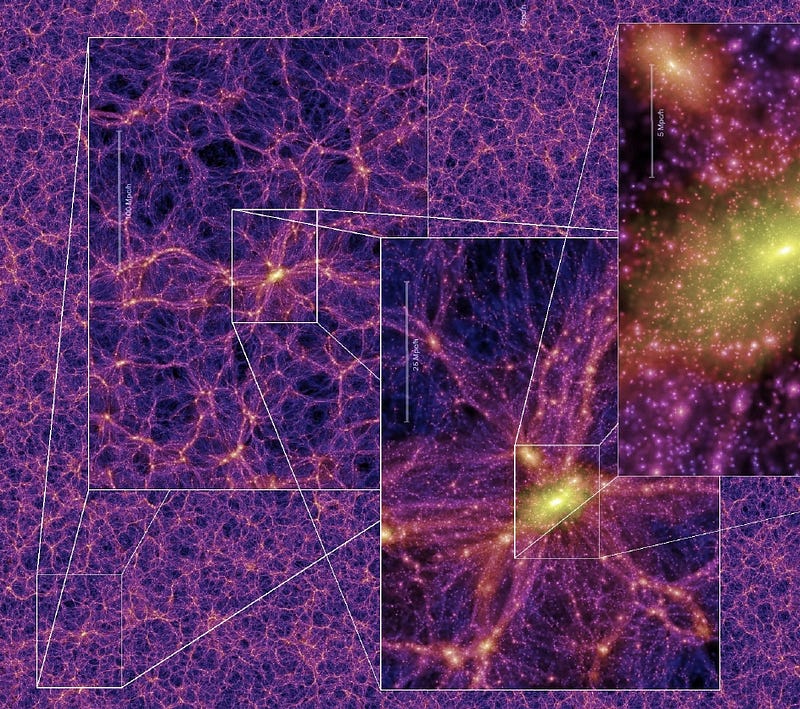
Most recently, we’ve been able to track our Universe back to not only the earliest stages of the Big Bang, but before it, to an epoch of cosmic inflation that gave rise to everything we know today as our observable Universe. We understand how our Universe grew, expanded, cooled, formed the first nuclei, atoms, stars, galaxies, clusters, and eventually planets and life. And — with the advent of dark energy — we understand what the fate of everything is going to be, too.
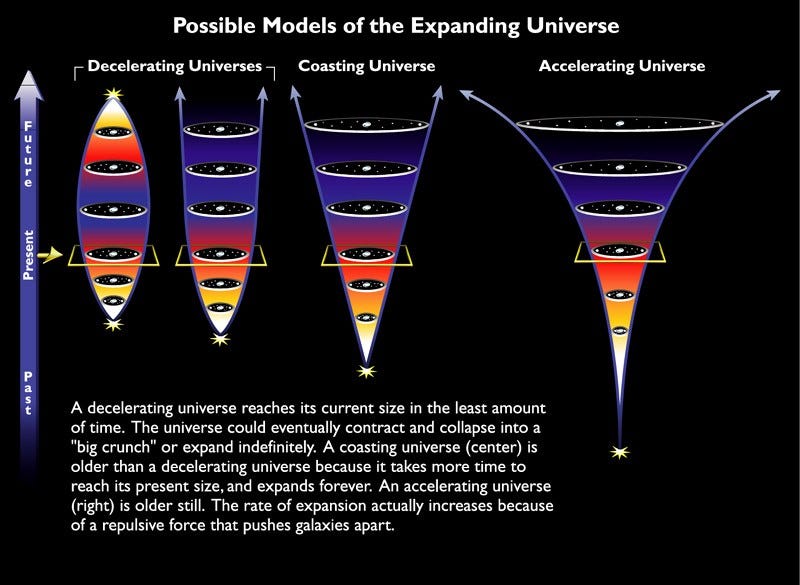
Along the way, we’ve filled in many gaps in our set of knowledge, and that’s paved the way for even more, detailed questions to arise. Where we used to ask what was going on, we now ask how it happened or came to be. Where we understand how, we want to know what the fundamental processes underlying the phenomena are. Where we understand that, we want to find out about the caveats, the exceptions, the details, and so on.
We can’t help but wonder at the possibilities, but it’s more than that: we want to know. And when it comes to the wonders of the Universe, it’s our investment in the science and in exploration that’s brought us there.
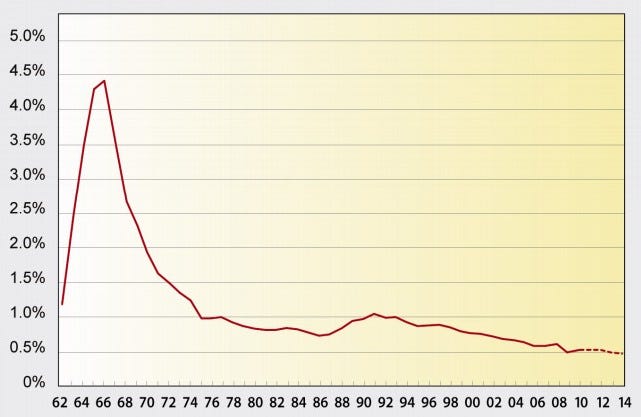
Over the past four decades, the United States in particular and the world in general has progressively invested smaller and smaller shares of our global wealth into these endeavors. Earlier this week, the science community was celebrating the fact that NASA’s budget wasn’t cut further, and that a potential budget increase of almost 2% may be on the horizon.
Meanwhile, still others fret about the tiny percent of its budget that NASA “wastes,” and how some of its goals are unrealistic, and how some of its projects aren’t what people want to be investing in. Let’s put some things in perspective.
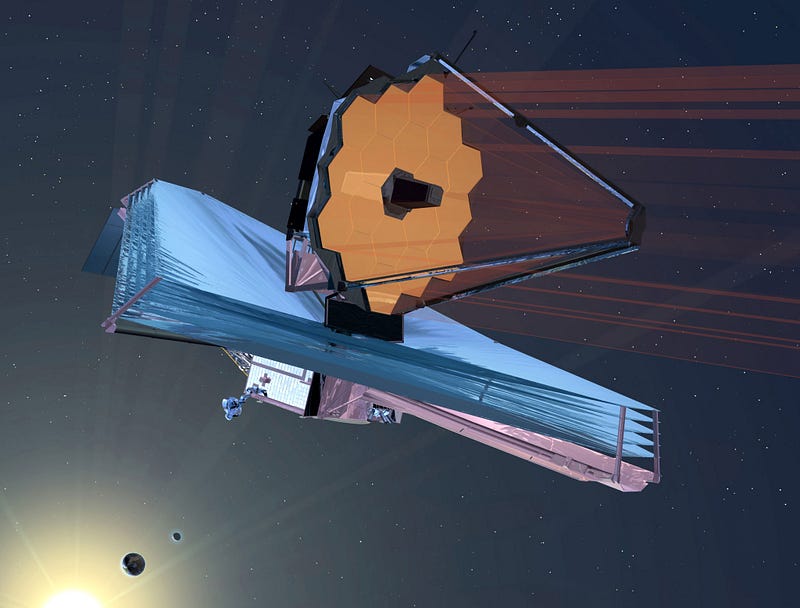
Absolute terms. NASA’s total budget for the coming year is just under $18 billion. (All numbers in US Dollars.) The European Space Agency’s total annual budget is about a third of that, as is the Russian Space Federation’s. (Many European countries, such as France, Germany and Italy, also have sizable space programs of their own.) Japan’s (JAXA) is a little over $2 billion, and China’s and India’s are each about half of what Japan’s is. That’s about it. Out of a worldwide GDP of nearly $100,000 billion, the world spends a total of just over $40 billion, or about 0.04%, on exploring and understanding the Universe. (And for those of you really keeping track, only about $5 billion of NASA’s budget actually goes towards science.)
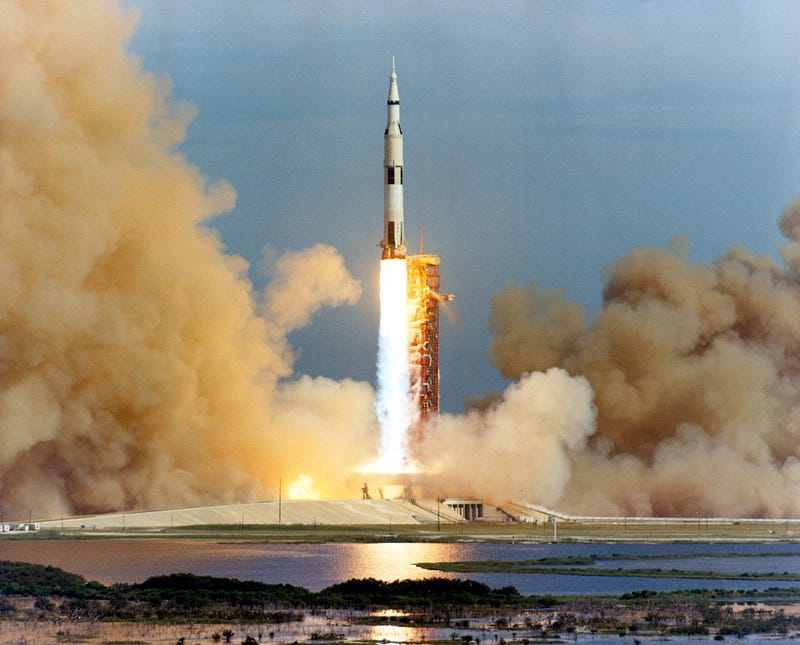
Big projects. When we decided to land humans on the Moon, every manned launch of a Saturn V rocket in the Apollo program cost a total of around $2 billion. We were able to land people on the Moon with that technology, with the world’s most powerful computer less powerful than the phone in your pocket. (Or, more likely, your hand.) There are a few other projects that we’ve launched into space over the past few decades that you might have heard of with comparably large visions: the Hubble Space Telescope, Mars Science Laboratory (the Curiosity Rover), and the International Space Station (joint with many other countries).
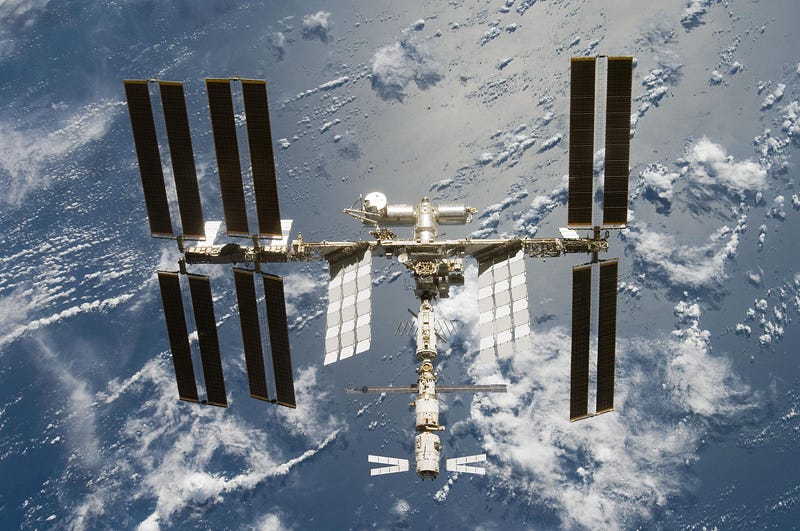
There’s no doubt in terms of the technology developed, the education that’s arisen, the amount scientists have learned, or the public benefits in terms of return-on-investment (not to mention job creation) that these investments have all been a wild success by all metrics. Every time you use a GPS, make a cellphone call or send a text, or even simply take the time to wonder about the Universe, you’re benefitting from the paltry investment we made in understanding and exploring the Universe.
So stop it already with the small dreams of hanging on to the table scraps; dream of the main course. Dream of the big missions and hopes that we can achieve right now, if we only invest the realistic and comparatively small amounts of capital necessary to make it happen.
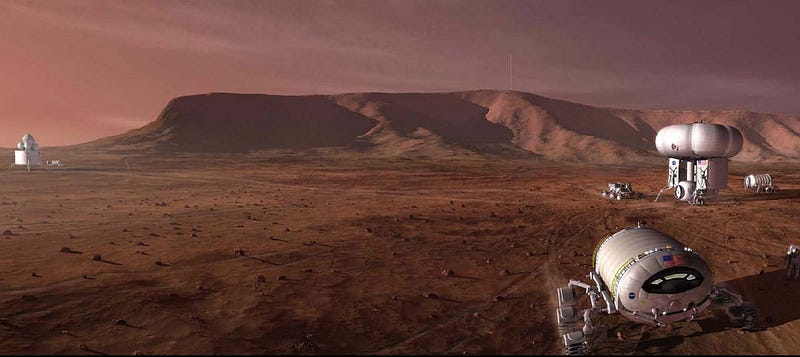
Dream of humans living on and studying Mars, something we could achieve with an investment of about $50 billion over 10 years. Could we do it with today’s technology? We could have done it with “modern” technology for that amount 20 years ago. If we want it, we can do it; all we have to do is invest.
Are you excited about the upcoming James Webb Space Telescope? Yes, it’s expensive; it’s going to be an $8.7 billion project when all is said and done, but it’s poised to teach us about the Universe nearly twice as far back, distance-wise, as Hubble can reach.
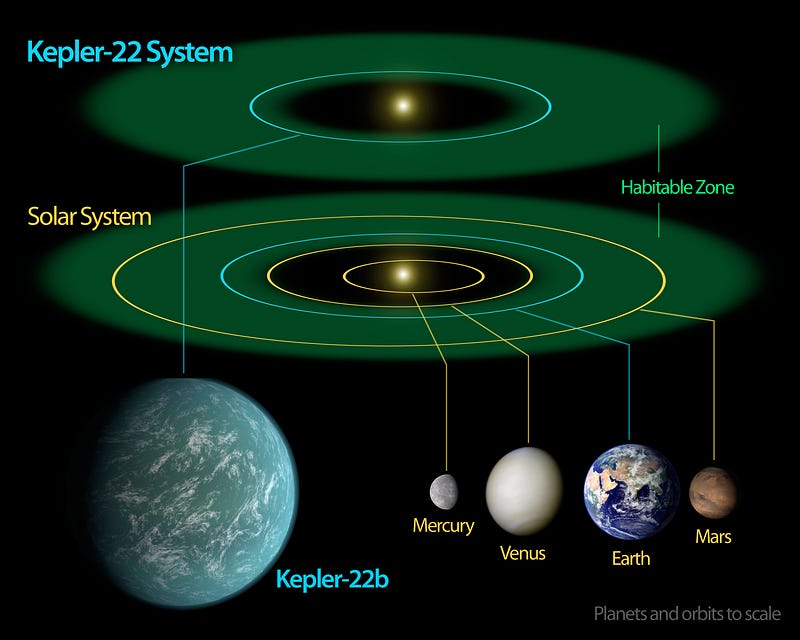
Are you enthralled by the discoveries of planets around other stars, and what the Kepler mission has accomplished? Do you want to learn more about the potentially habitable ones? About Earth-like (or smaller) planets in the habitable zones of stars?
Of course you are; our dreams of what we can do on Earth are limited by the scope and scale of the planet, but the Universe? Now there’s something to dream about!
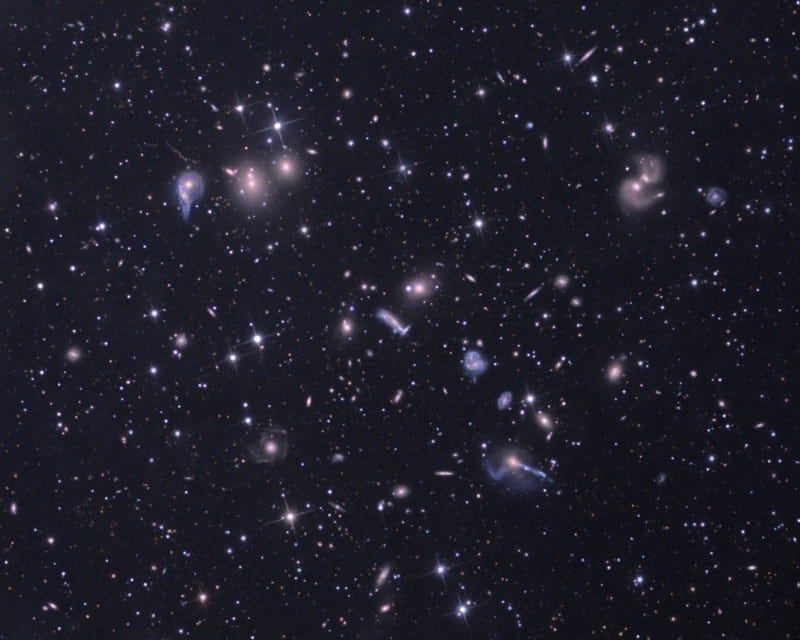
The thing is, for around $2-to-10 billion dollars apiece over the span of a few years, we could have any or all of the following projects:
- SAFIR, a far-infrared space telescope that would teach us about the Universe in wavelengths we’ve never looked — about gas, dust, star-formation and distant galaxies — to approximately 100-1,000 times greater precision than we’ve ever looked. This would be the next-generation successor to Spitzer.
- IXO, or the international X-ray observatory, the next-generation successor to Chandra. We could measure and detect black holes to unprecedented accuracy, gain a better understanding of the supermassive ones at the centers of galaxies, learn about regions of hot, colliding gas in galaxy clusters, study more distant galaxies, AGNs, galactic outflows and more. This would be about 100 times more powerful than Chandra.
- The Terrestrial Planet Finder (TPF) and the Space Interferometry Mission (SIM PlanetQuest), both of which would hunt for and take actual, direct images of Earth-sized planets in the habitable zones around stars capable of supporting chemical-based life.
- WFIRST, or the Wide-Field Infrared Survey Telescope, an infrared space observatory that is the best-designed piece of equipment ever for studying dark energy, hitting on the three-pronged approach of measuring baryon acoustic oscillations, measuring distant supernovae and weak gravitational lensing all to unprecedented accuracy. The plans for WFIRST have grown out of first SNAP (the SuperNova Acceleration Probe) and then JDEM (the Joint Dark Energy Mission), projects that could have flown every year for the past 13 years, if only the funding would materialize.
- And LISA, or the Laser Interferometer Space Antenna, which would have accurately measured and directly detected gravitational waves for the first time.
The crazy part is we could still do all of these, and we could do them all right now, if we dared to invest in them. The science behind all of these was sound, the projects were validated and vetted, and the teams and technology were in place. And yet the earliest hope we have for any of these missions would be WFIRST, which won’t fly for at least 11 years under the most optimistic current estimates. In other words…
We simply chose, as a nation and as a world, not to do it.
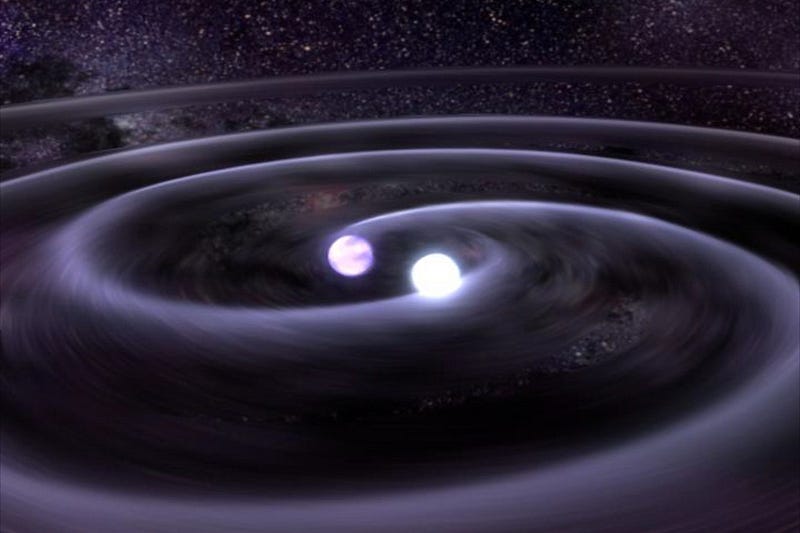
The crazy thing is, we still could; we still can. The people are still there and willing to do it. The science is still there, waiting to be learned. And the curiosity and the know-how is omnipresent, if only we choose to take advantage of it. It’s our Universe, too, and it’s our choice of how we invest in it. I wish I knew how to make the political will appear, because I think that this is something that everyone wants, and that everybody will benefit from.
But it’s up to all of us to value it, to choose it, and to make it happen. The Universe is a big place; why should our dreams be any smaller?
Have a comment? Leave it at the Starts With A Bang forum on Scienceblogs!





